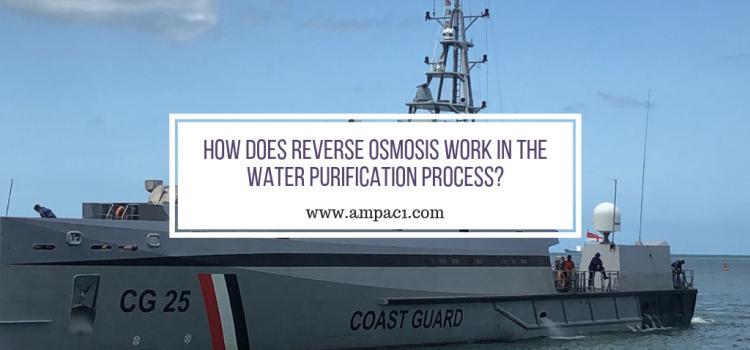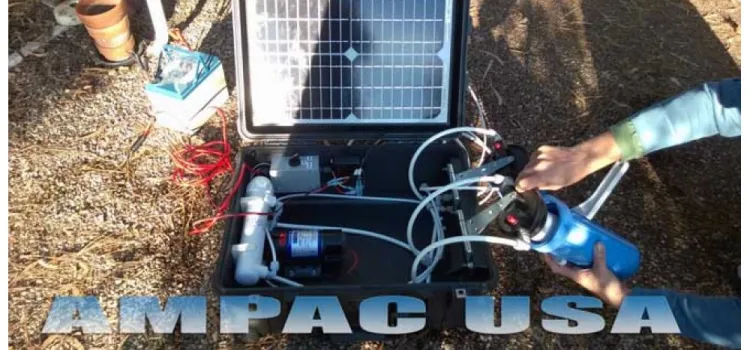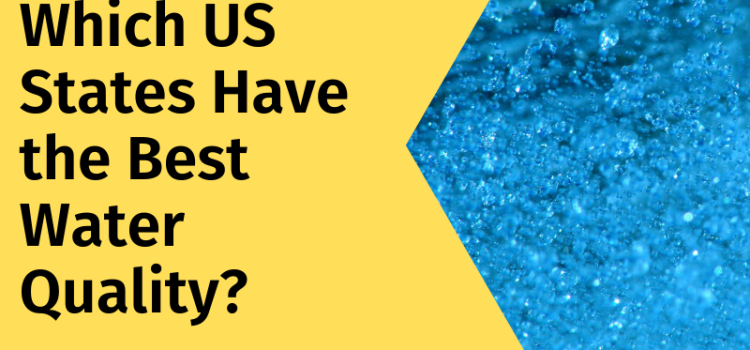- PMID: 32919261
- DOI: 10.1016/j.ijfoodmicro.2020.108850
Abstract
The complex and highly diverse microbial environment of drinking water, consisting mainly of bacteria at different metabolic states, is still underexplored. The aim of this work was to characterize the bacterial communities in tap water and bottled mineral water, the two predominant sources of drinking water in modern societies. A total of 11 tap water samples from a range of locations and distribution networks and 10 brands of bottled natural mineral water were analysed using two approaches: a) heterotrophic plate counts by matrix-assisted laser desorption/ionization time of flight mass-spectrometry (MALDI-TOF MS) for the culturable heterotrophic communities, and b) Illumina amplicon sequencing for total bacteria including non-culturable bacteria. Culturable heterotrophic bacteria were isolated in WPCA (ISO) agar at 22 ± 2 °C for 72 h and 2046 isolates were identified using MALDI-TOF MS. The Bruker Daltonics Library and a previously customized library (Drinking Water Library) were used as reference databases. For the total bacteria fraction, DNA was extracted from 6 L of water and submitted to Illumina 16S rRNA sequencing of the v4 region. Significant differences were observed between mineral and tap water, with a general dominance of Alphaproteobacteria (mainly the genus Blastomonas) in tap water and Gammaproteobacteria in mineral water with Acidovorax being the dominant genus in 3 out of 7 mineral water brands. The bacterial communities in the different brands of mineral water were highly diverse and characteristic of each one. Moreover, the season in which the water was bottled also affected the species distribution, with some of them identified in only one season. Among the culturable bacteria, the most abundant phylum was Proteobacteria (around 85% of the isolates), followed by Actinobacteria, Firmicutes and Bacteroidetes. Proteobacteria was also the most abundant phylum detected with Illumina sequencing (>99% of the reads). The two methods gave distinct results at the different taxonomic levels and could therefore have a complimentary application in the study of microbiota in mineral water environments. MALDI-TOF MS is a promising method for the rapid identification of heterotrophic bacteria in routine water analysis in the bottling industry. SIGNIFICANCE AND IMPACT OF THE STUDY: The complementarity of MALDI-TOF MS and NGS in the assessment of bacterial community diversity has been demonstrated in water intended for human consumption. The two methods are suitable for routine use in the water industry for water quality management.
Keywords: 16S rRNA sequencing; Drinking water; MALDI-TOF mass spectrometry; Microbiota; Mineral water; Tap water.
The post Unravelling the composition of tap and mineral water microbiota: Divergences between next-generation sequencing techniques and culture-based methods appeared first on Facts About Water.
Source: Water Feed










I don’t think the title of your article matches the content lol. Just kidding, mainly because I had some doubts after reading the article.
Thanks for sharing. I read many of your blog posts, cool, your blog is very good.
I don’t think the title of your article matches the content lol. Just kidding, mainly because I had some doubts after reading the article.
I don’t think the title of your article matches the content lol. Just kidding, mainly because I had some doubts after reading the article. https://www.binance.info/ka-GE/register?ref=RQUR4BEO
Your point of view caught my eye and was very interesting. Thanks. I have a question for you. https://accounts.binance.com/es-MX/register?ref=GJY4VW8W